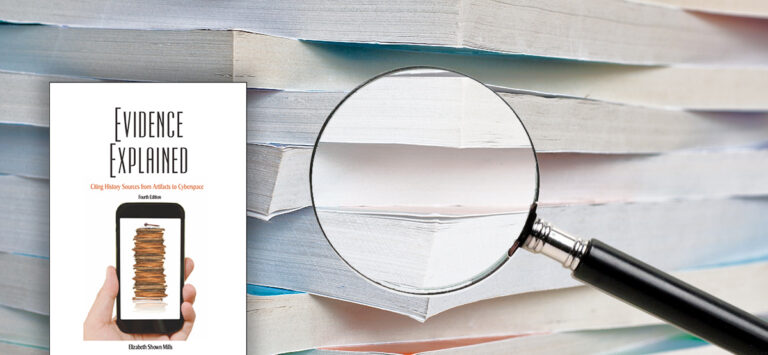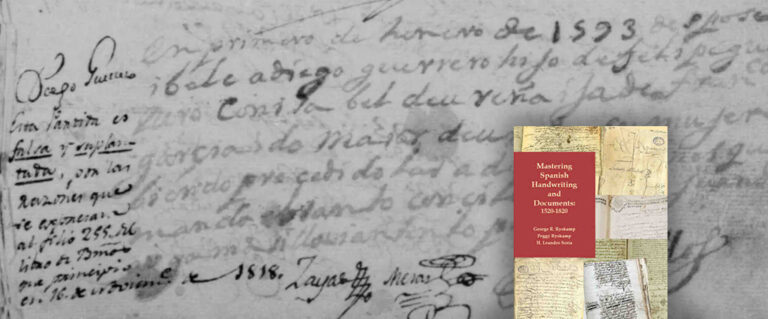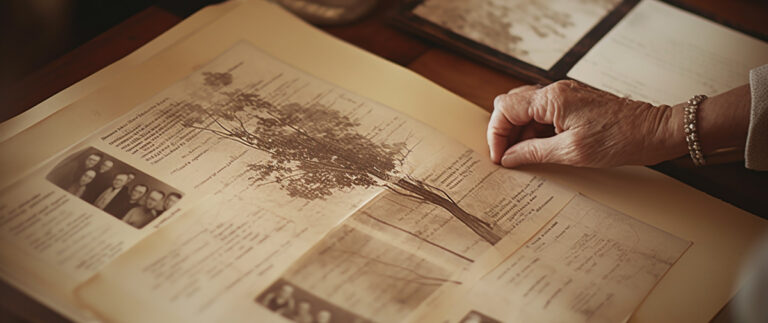Genealogy Tips

March 4, 2024
Citation Tips: Citing History Sources—Flexibility & Choices. By Elizabeth Shown Mills, CG, CGL, FASG
Read more

February 26, 2024
Citation Tips: Do All Citations Require Layers? By Elizabeth Shown Mills, CG, CGL, FASG
Read more

February 19, 2024
Citation Tips: What Exactly are Layered Citations & Why Do We Need Them? By Elizabeth Shown Mills, CG, CGL, FASG
Read more

February 12, 2024
Citation Tips: Three Simple Rules to Guide Us, by Elizabeth Shown Mills, CG, CGL, FASG
Read more

November 27, 2023
The Push, Pull & Means of Colonial Era British Emigration, by Terrence M. Punch
Read more







